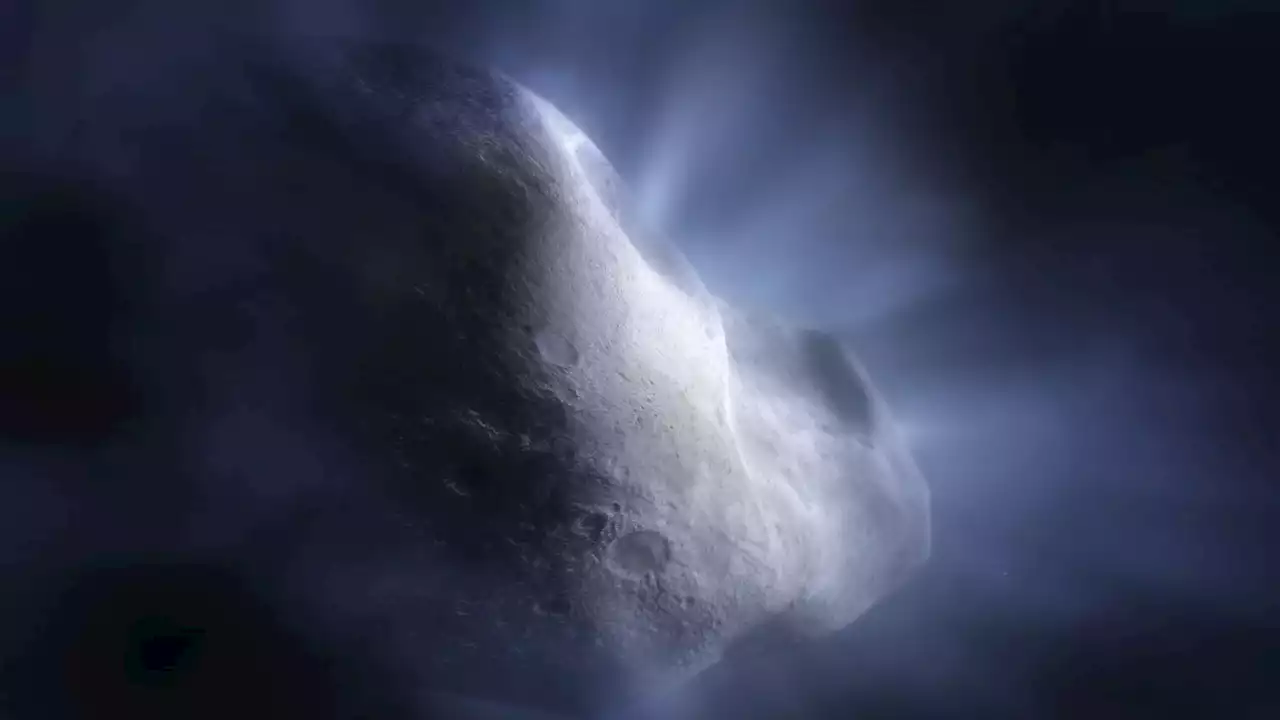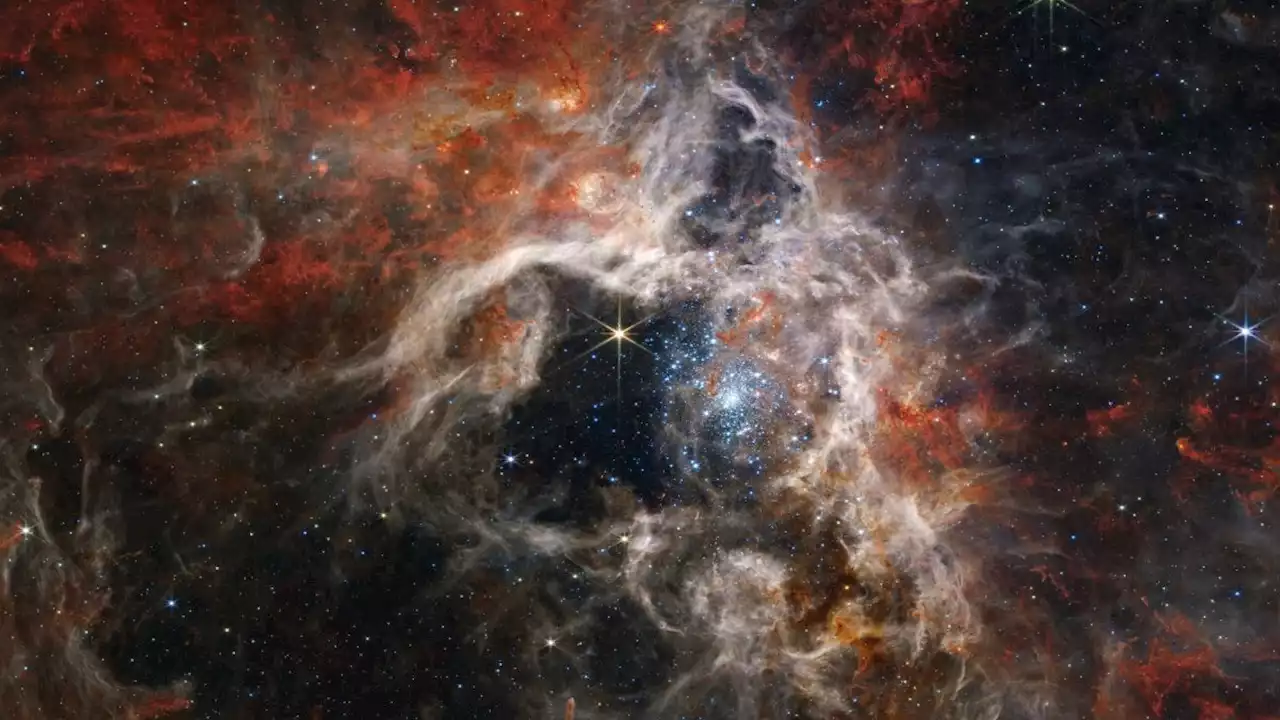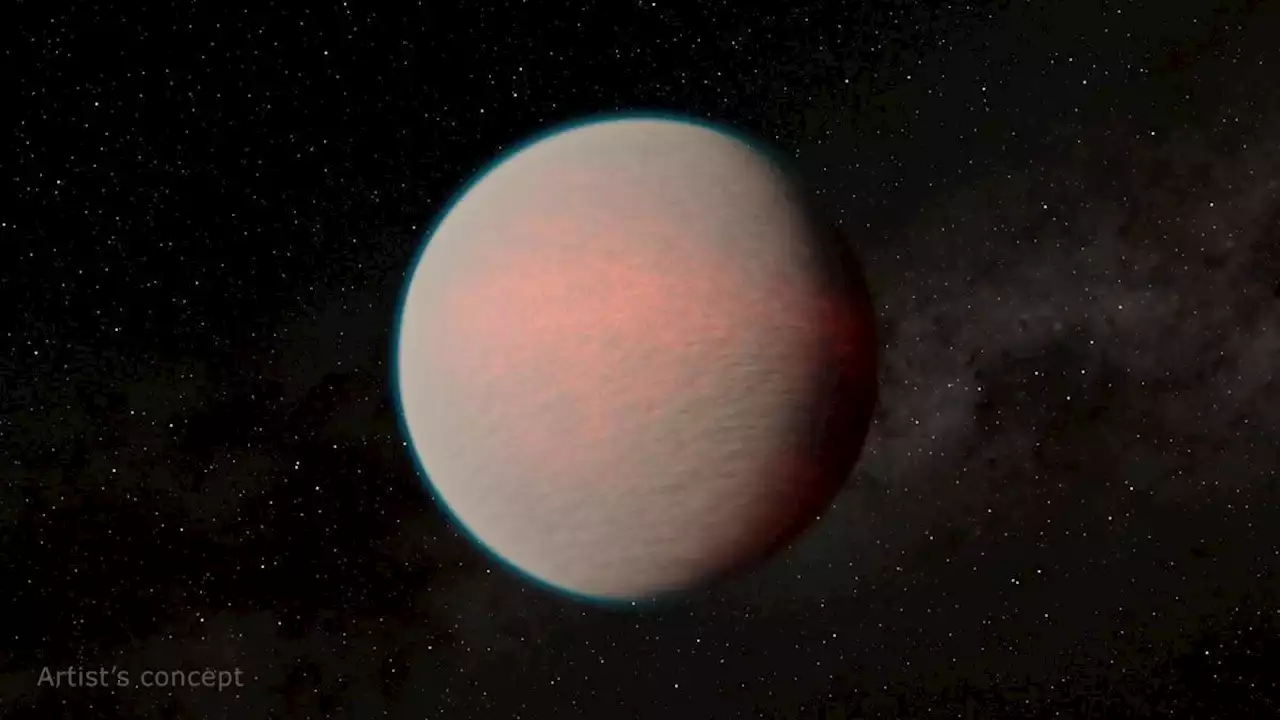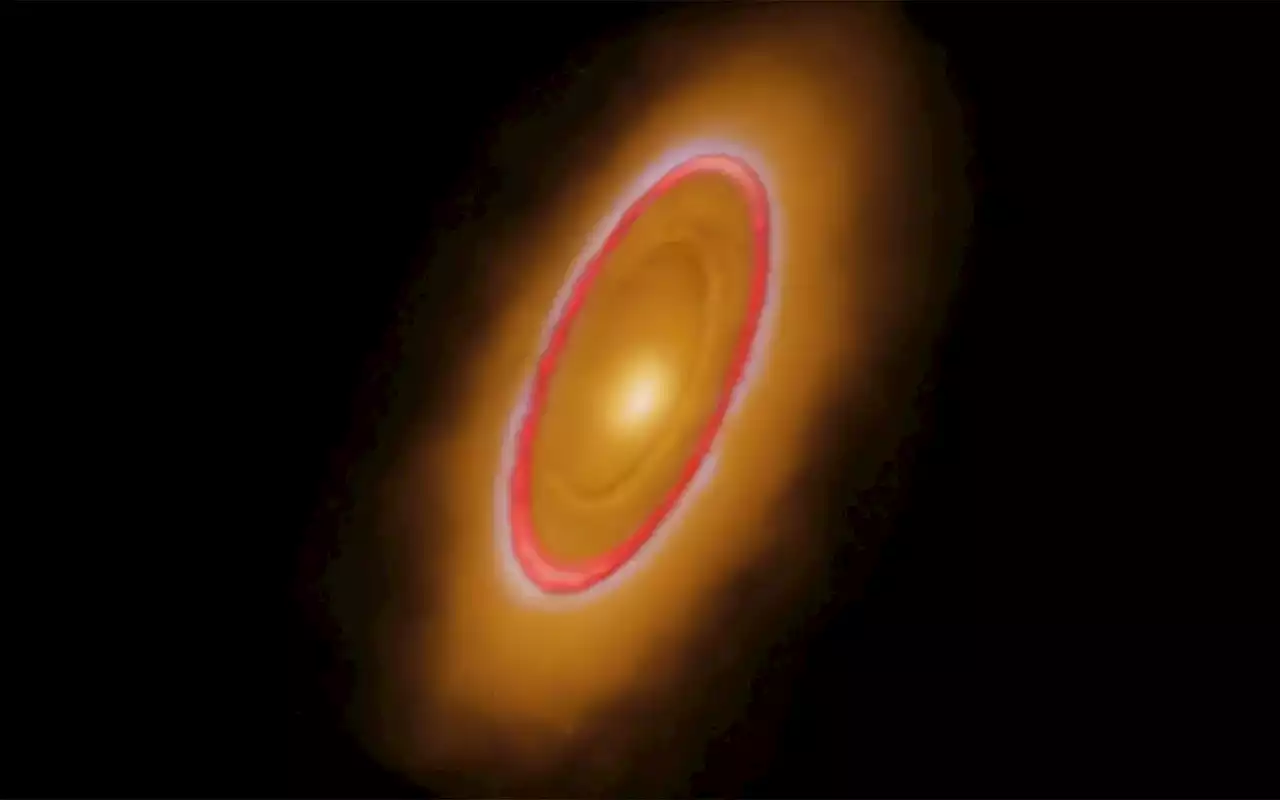Researchers using the James Webb Space Telescope have spotted water around a rare comet, calling it a 'long-sought scientific breakthrough.'
Astronomers found water vapor on Comet Read , a comet located in the main asteroid belt between Jupiter and Mars.
Previously, comets were understood to originate from the Kuiper Belt and Oort Cloud, which both sit beyond Neptune's orbit, and the distance away from the Sun would help preserve ice on the comets, NASA said. However, after much speculation, scientists using the Webb telescope were able to confirm water ice could be preserved in the warmer asteroid belt in the orbit of Jupiter.
"Being in the asteroid belt for a long time could do it – carbon dioxide vaporizes more easily than water ice, and could percolate out over billions of years," astronomer and lead author of the study Michael Kelley said.
México Últimas Noticias, México Titulares
Similar News:También puedes leer noticias similares a ésta que hemos recopilado de otras fuentes de noticias.
 James Webb Space Telescope discovers water around a mysterious cometThe study of Comet 238P/Read, which lurks in the main asteroid belt, could help reveal the source of Earth's water, a vital ingredient for life on our planet.
James Webb Space Telescope discovers water around a mysterious cometThe study of Comet 238P/Read, which lurks in the main asteroid belt, could help reveal the source of Earth's water, a vital ingredient for life on our planet.
Leer más »
 25 jaw-dropping James Webb Space Telescope imagesFrom nebulas and black holes to baby star nurseries and ancient collisions, the universe has never looked more beautiful thanks to NASA's $10 billion-telescope.
25 jaw-dropping James Webb Space Telescope imagesFrom nebulas and black holes to baby star nurseries and ancient collisions, the universe has never looked more beautiful thanks to NASA's $10 billion-telescope.
Leer más »
 Cosmic monsters found lurking at heart of ancient star clusters by the James Webb Space TelescopeAstronomers have discovered signs of supermassive stars at the center of globular clusters born not long after the Big Bang.
Cosmic monsters found lurking at heart of ancient star clusters by the James Webb Space TelescopeAstronomers have discovered signs of supermassive stars at the center of globular clusters born not long after the Big Bang.
Leer más »
 James Webb telescope finds water around a comet in the main asteroid belt | EngadgetThe James Webb telescope has spotted the first known instance of a comet with water vapor in the main asteroid belt..
James Webb telescope finds water around a comet in the main asteroid belt | EngadgetThe James Webb telescope has spotted the first known instance of a comet with water vapor in the main asteroid belt..
Leer más »
 James Webb telescope discovers ancient 'water world' in nearby star systemBriley Lewis (she/her) is a freelance science writer and Ph.D. Candidate/NSF Fellow at the University of California, Los Angeles studying Astronomy & Astrophysics. Follow her on Twitter briles_34 or visit her website www.briley-lewis.com.
James Webb telescope discovers ancient 'water world' in nearby star systemBriley Lewis (she/her) is a freelance science writer and Ph.D. Candidate/NSF Fellow at the University of California, Los Angeles studying Astronomy & Astrophysics. Follow her on Twitter briles_34 or visit her website www.briley-lewis.com.
Leer más »
 Webb Space Telescope Captures Nearby Planetary System in Breathtaking DetailA new Webb Space Telescope image of the bright, nearby star Fomalhaut reveals details never seen before, including nested rings of dust that hint at the forces of unseen planets. A team led by University of Arizona astronomers used NASA's James Webb Space Telescope to image the warm dust around a
Webb Space Telescope Captures Nearby Planetary System in Breathtaking DetailA new Webb Space Telescope image of the bright, nearby star Fomalhaut reveals details never seen before, including nested rings of dust that hint at the forces of unseen planets. A team led by University of Arizona astronomers used NASA's James Webb Space Telescope to image the warm dust around a
Leer más »
